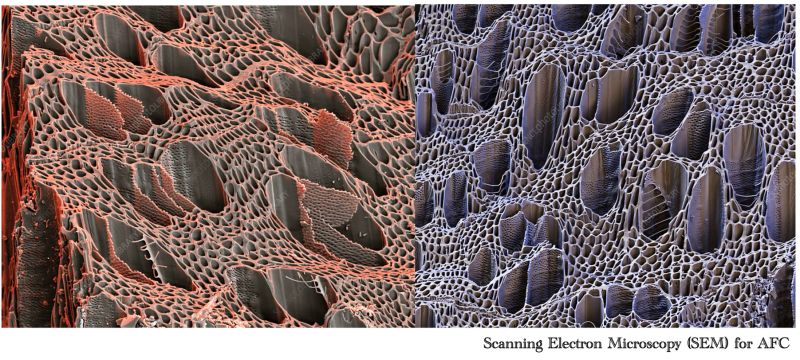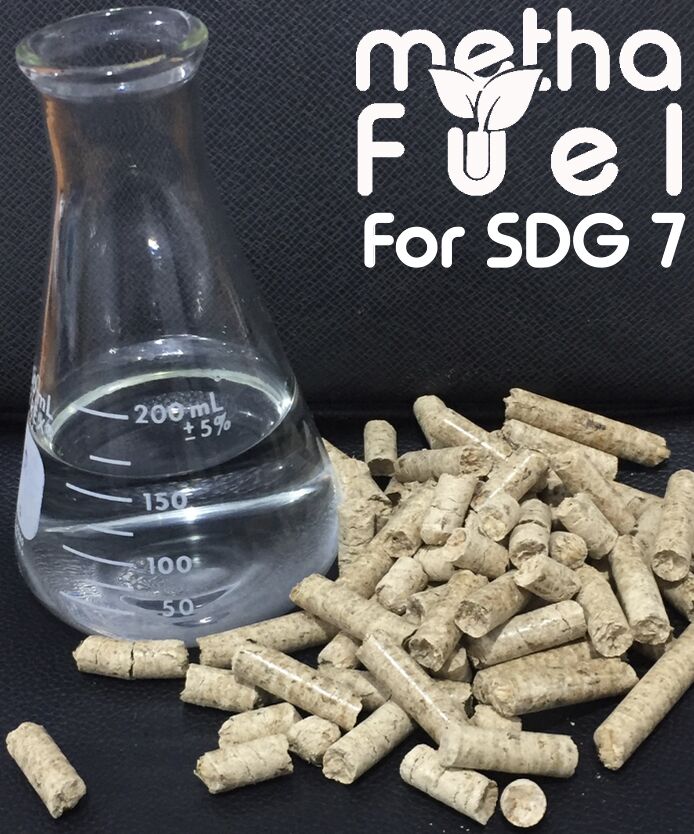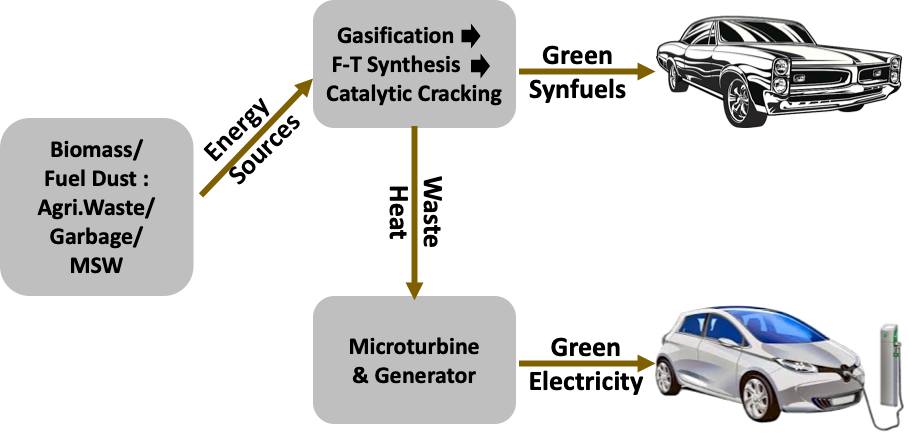New Way to Capture Carbon and Utilize It
Advanced Renewable
Tue , 30 Apr 2024 23:48 WIB

World efforts to reduce CO2 emissions inevitably have to involve efforts to capture CO2, because this CO2 will still be released for decades to come from industries that are still use fossil energy. The most natural CO2 capture is planting trees in areas that are still arid.
For this planting this, the one we are promoting is Tamanu (Calophyllum inophyllum), because apart from being able to live on arid land, Tamanu is a halophyte plant that can grow in salty water. So even desert areas that have sea access can be greened with this Tamanu.
Even though it is ideal, planting trees alone is not enough because the growth in CO2 emissions is too high to be offset only by capturing it offboard through tree planting, so there must be a significant acceleration to absorb emissions until finally reaching Net Zero Emissions 2050.
There must be onboard CO2 capture that is fast enough to offset the rate of emissions which is still increasing along with the increase in population and the growth of world economy. A number of technologies have also been developed and are already operating at a number of emission sources.
Among others is CO2 capture using amine, which is a chemical compound derived from ammonia, where one of the H is replaced with a hydrocarbon (R-NH2). The problem is that apart from being expensive, this amine requires high energy and produces other emissions from the solvent used. Another way is to use membrane technology, but it is still expensive. The newest method that people are starting to develop is with Ionic Liquids, again it is still expensive and require high energy to regenerate.
So we introduced a new way of capturing CO2 emissions using what we call AFC - Activated and Functionalized Carbon. This AFC can be produced from any charcoal, so it's cheap. To increase the CO2 capture capacity of this charcoal, the charcoal needs to be activated - that is, so that its surface area increases and more CO2 can be captured. Then it also needs to be functionalized with a base because the CO2 that will be captured is acidic when exposed to water.
Apart from the cost aspect, the CO2 exit from the capture is also the most flexible. In the previous three ways, there are still many questions that need to be answered - where or what is it used for after the CO2 is captured? for AFC the answer to this question is clear. AFC as an adsorbent plus CO2 as an adsorbate, can be directly processed into new energy building blocks called syngas with just one OCCYRE (Onboard Carbon Cycles for Regenerative Energy) reactor.
With this Regenerative Energy concept, CO2 together with AFC is the raw material for any fuel, both hydrocarbons, oxygenates and carbon-free fuels such as H2 and NH3. CO2 will be here to stay, but because it is the raw material for subsequent energy, it is a solution to energy needs, no longer an emissions problem. Once you can see that this CO2 is a solution, then it will!
Other Post
Tanpa Sumbu, Tanpa Tabung
Apr 30, 2024
SDG 7 Challenges
Apr 30, 2024
SDG No 7 Enabler
Apr 30, 2024
Green ICE and EV
Apr 30, 2024
Categories
Renewable Energy






Please register first!
For post a new comment. You need to login first. Login
Comments
No comments